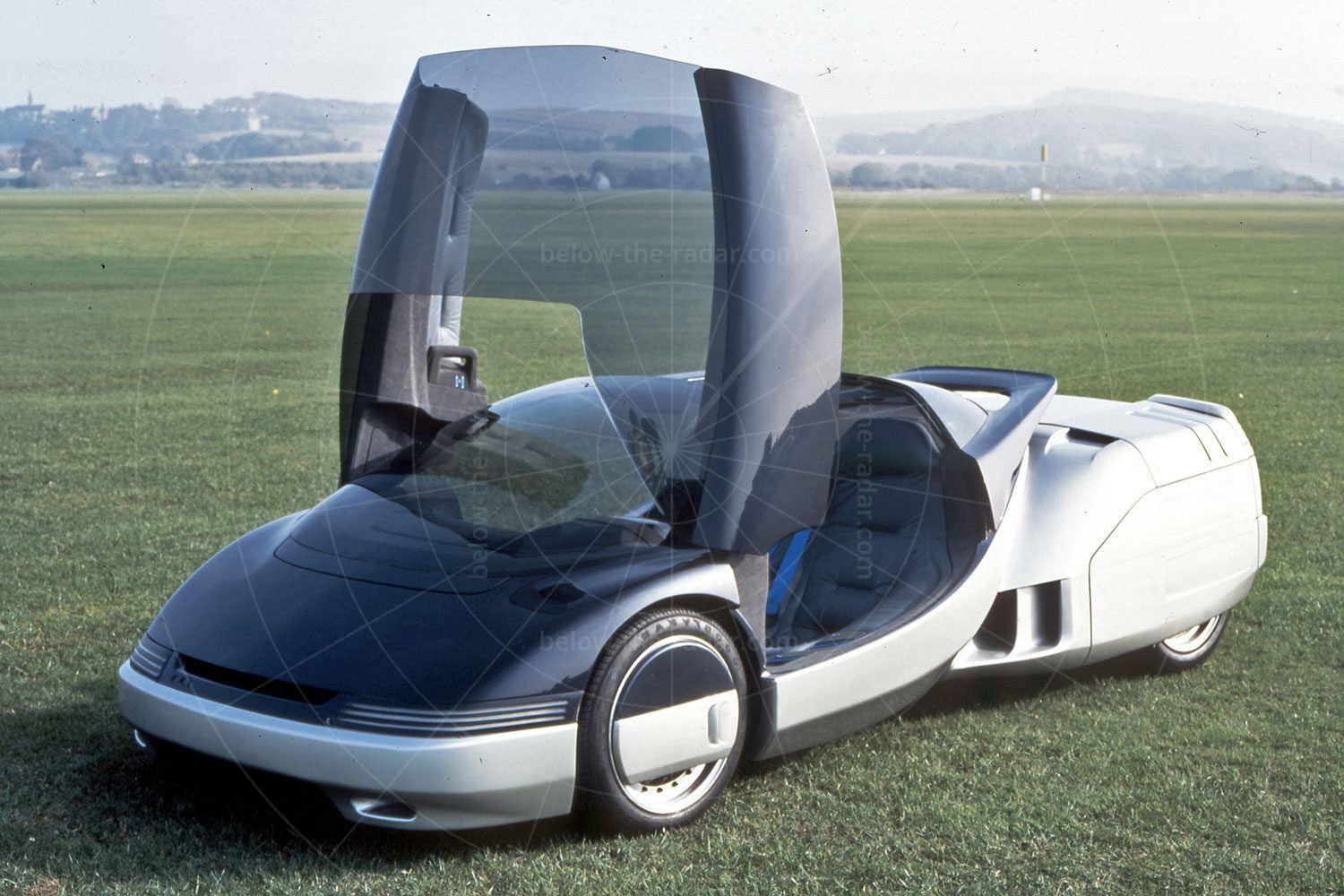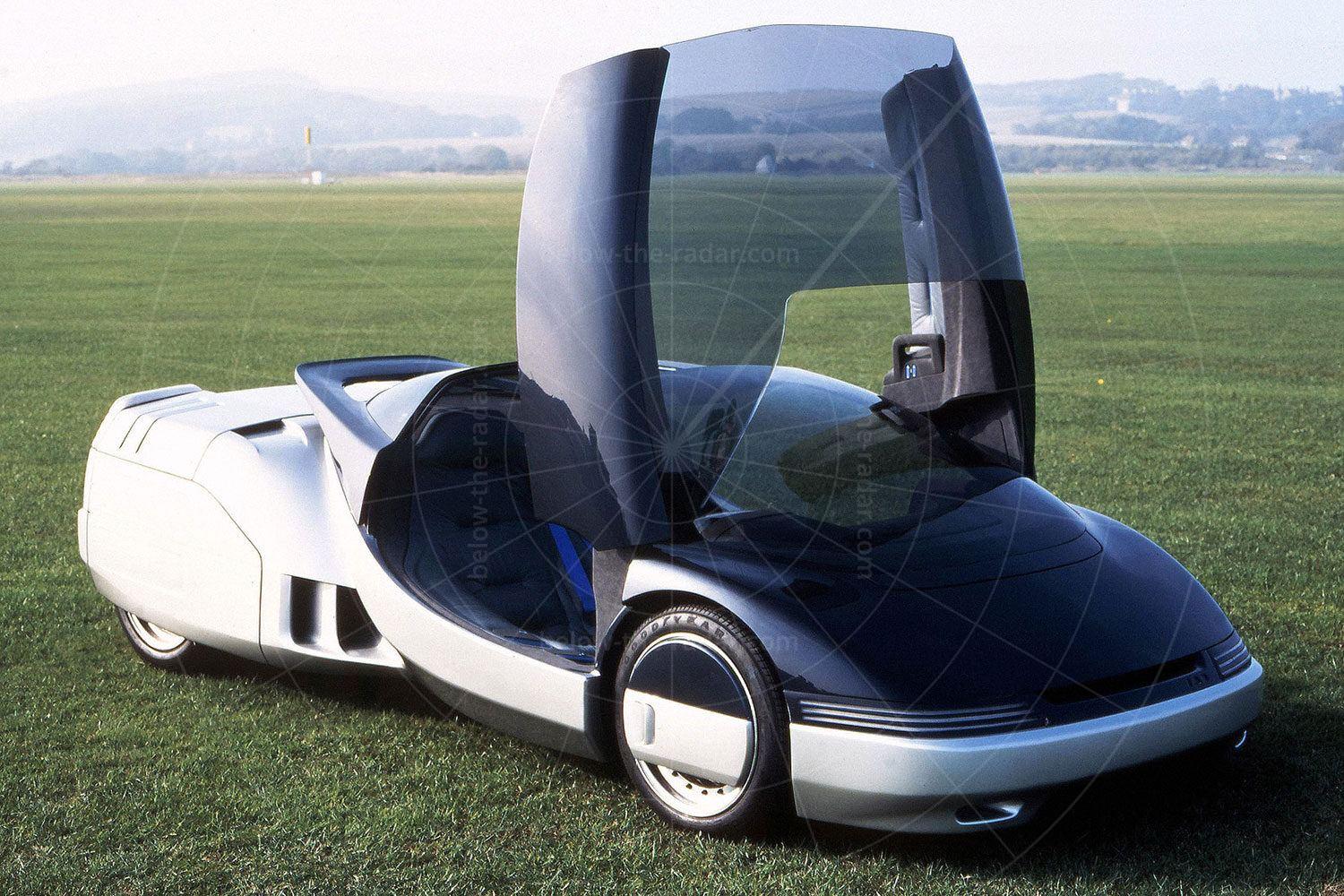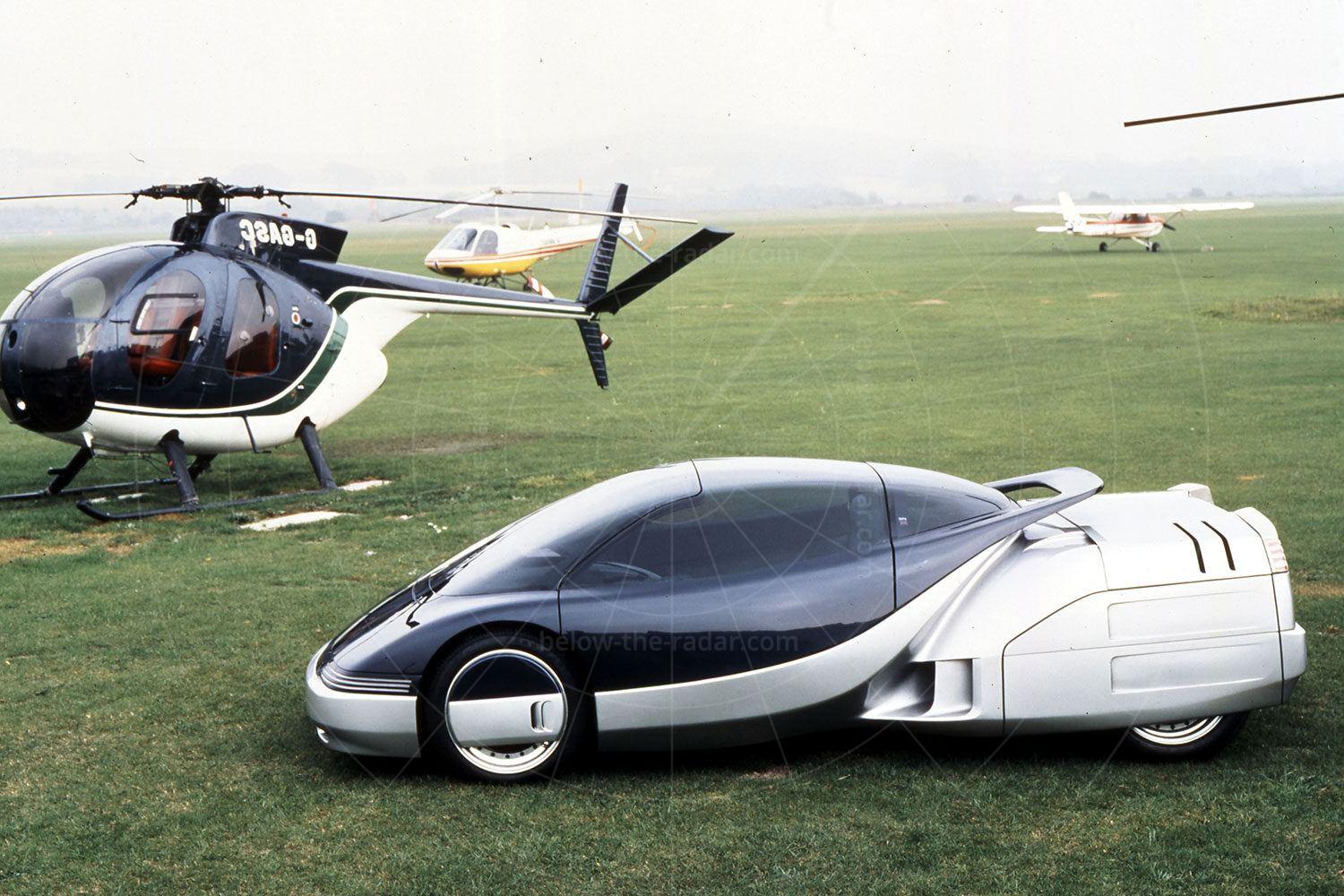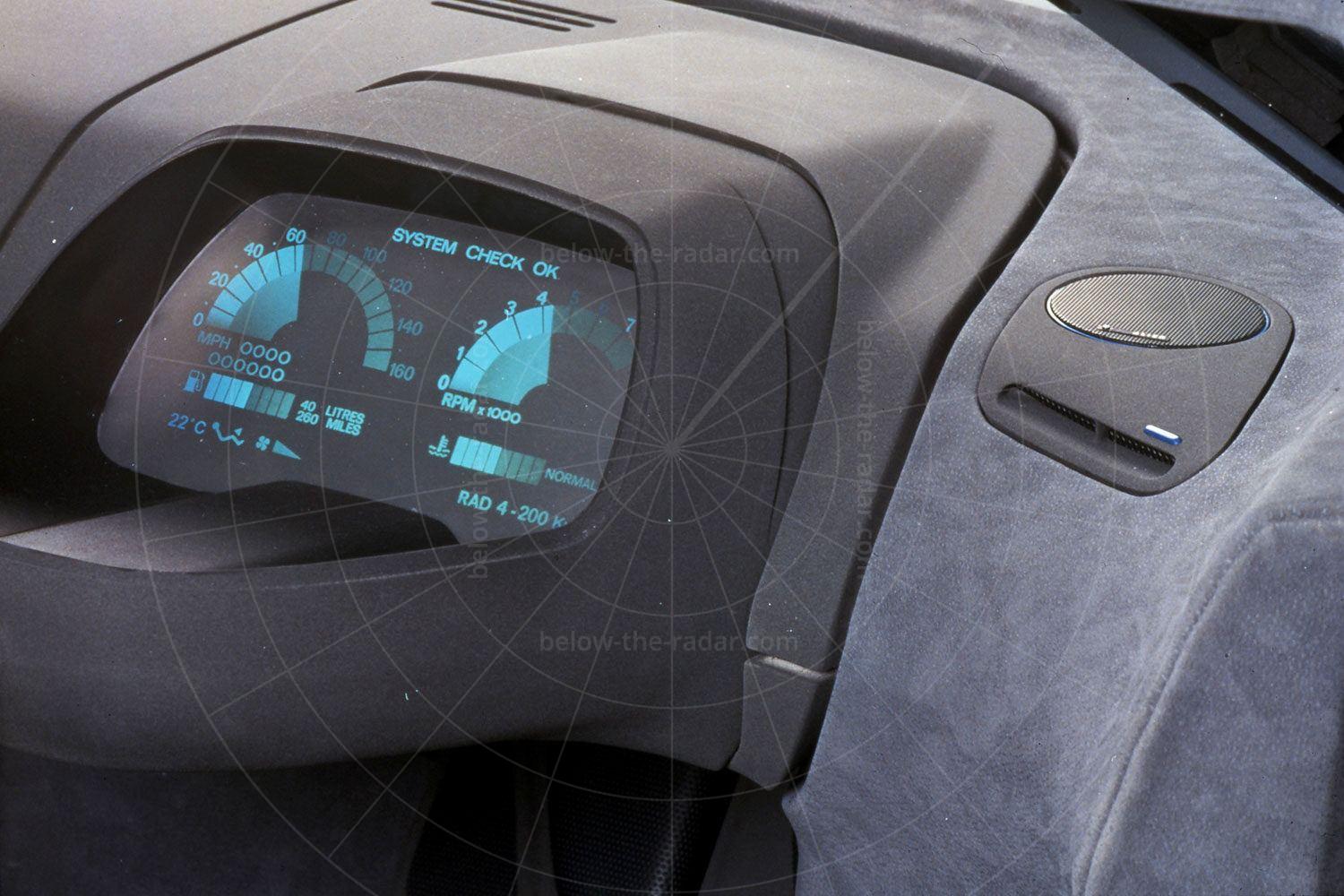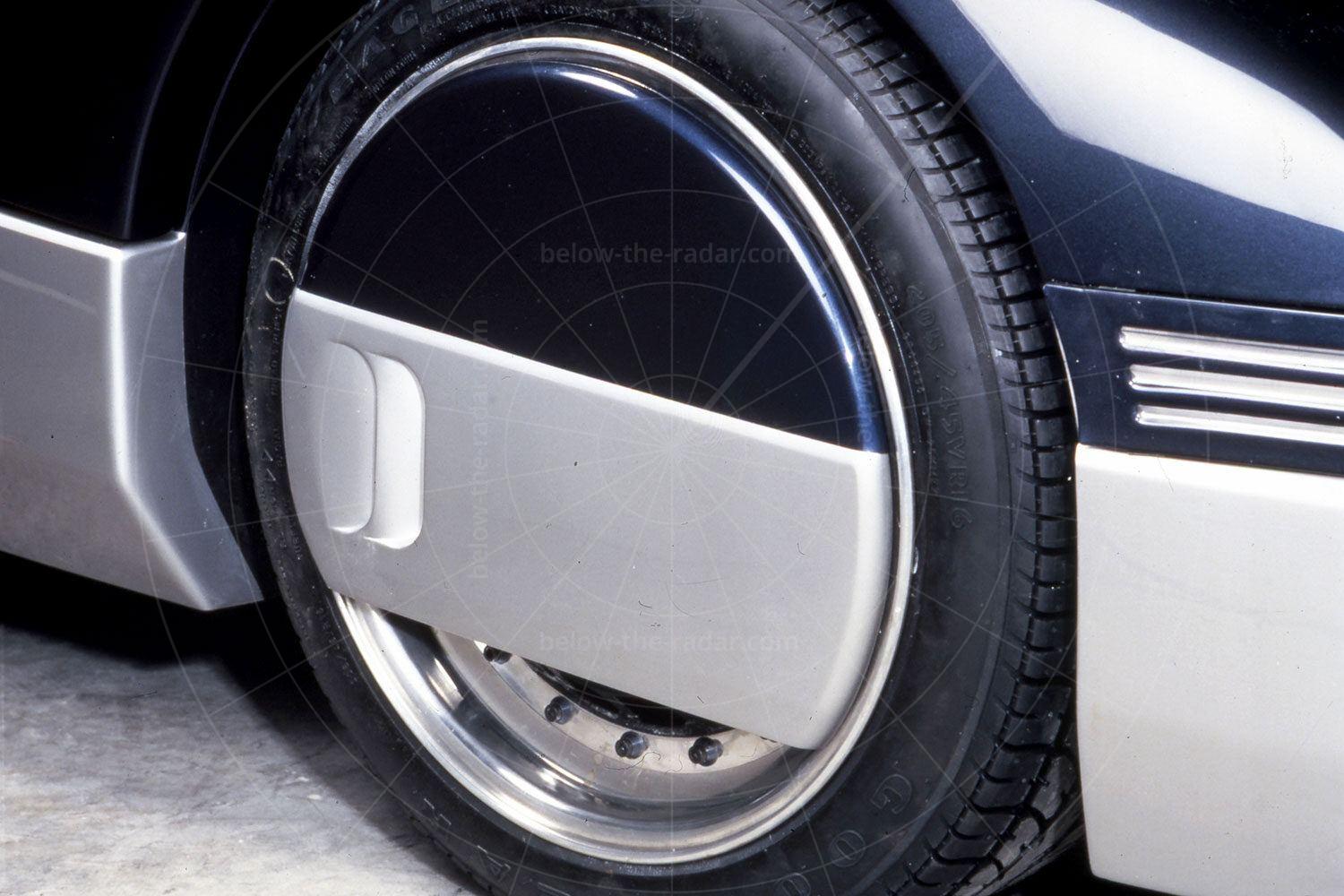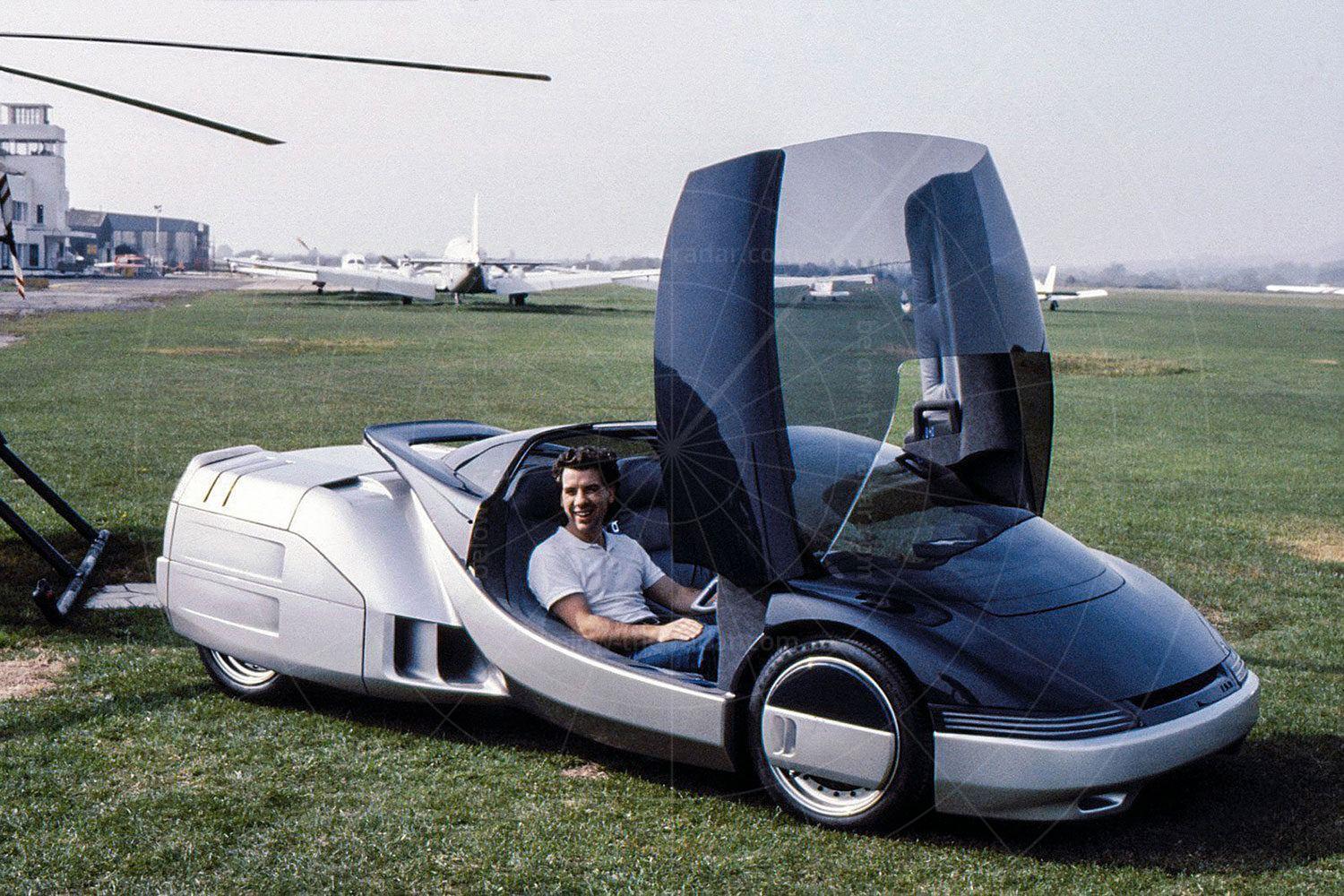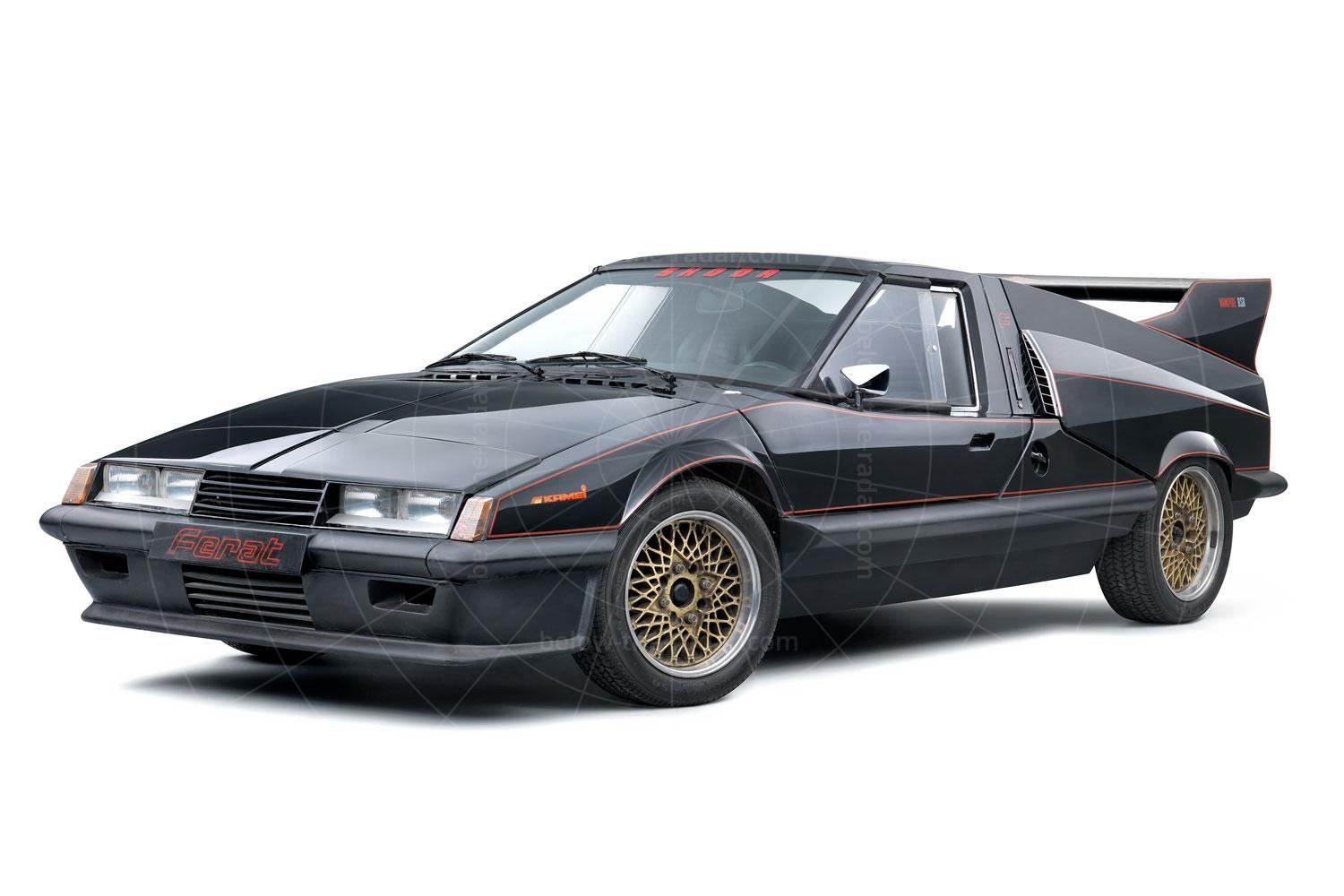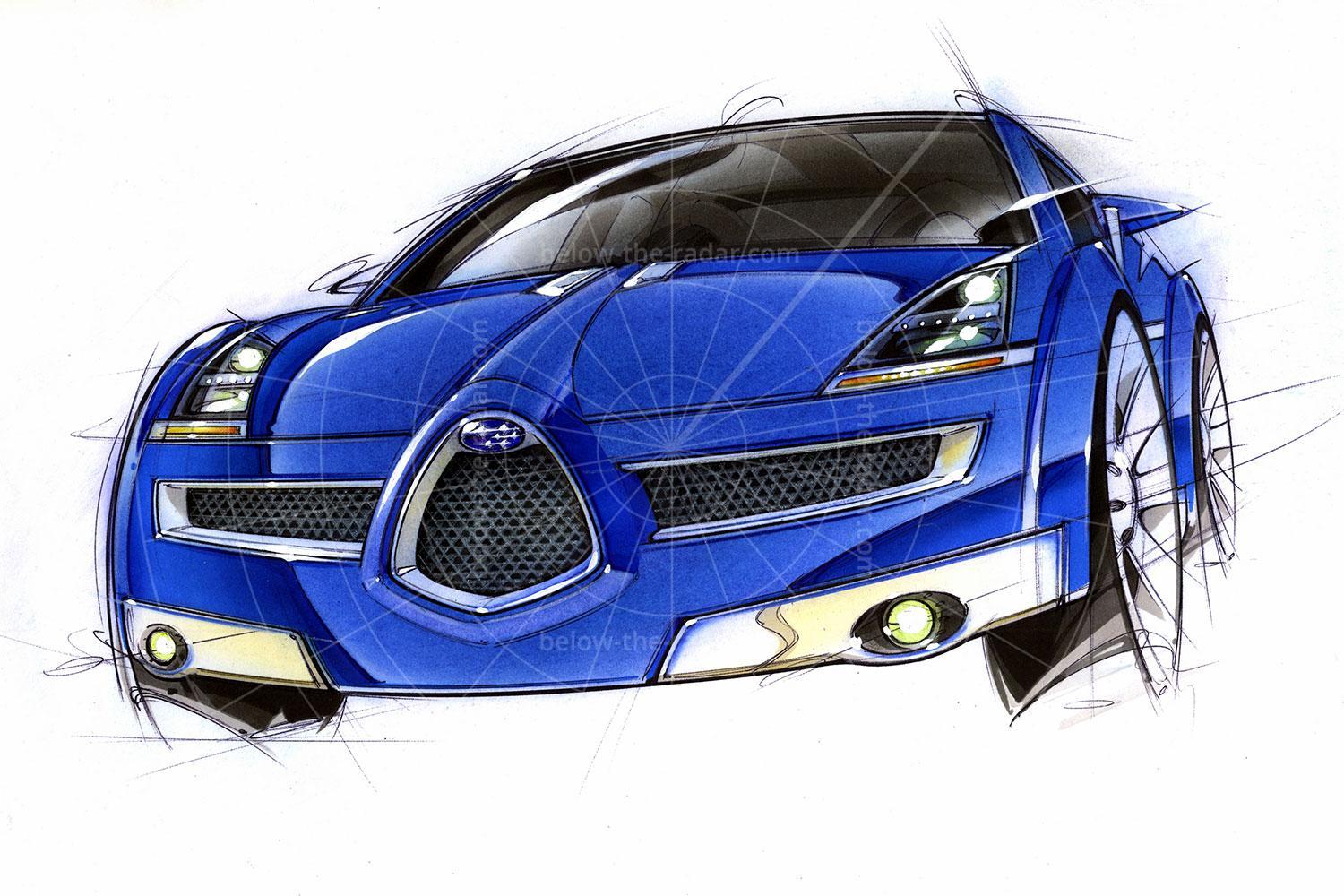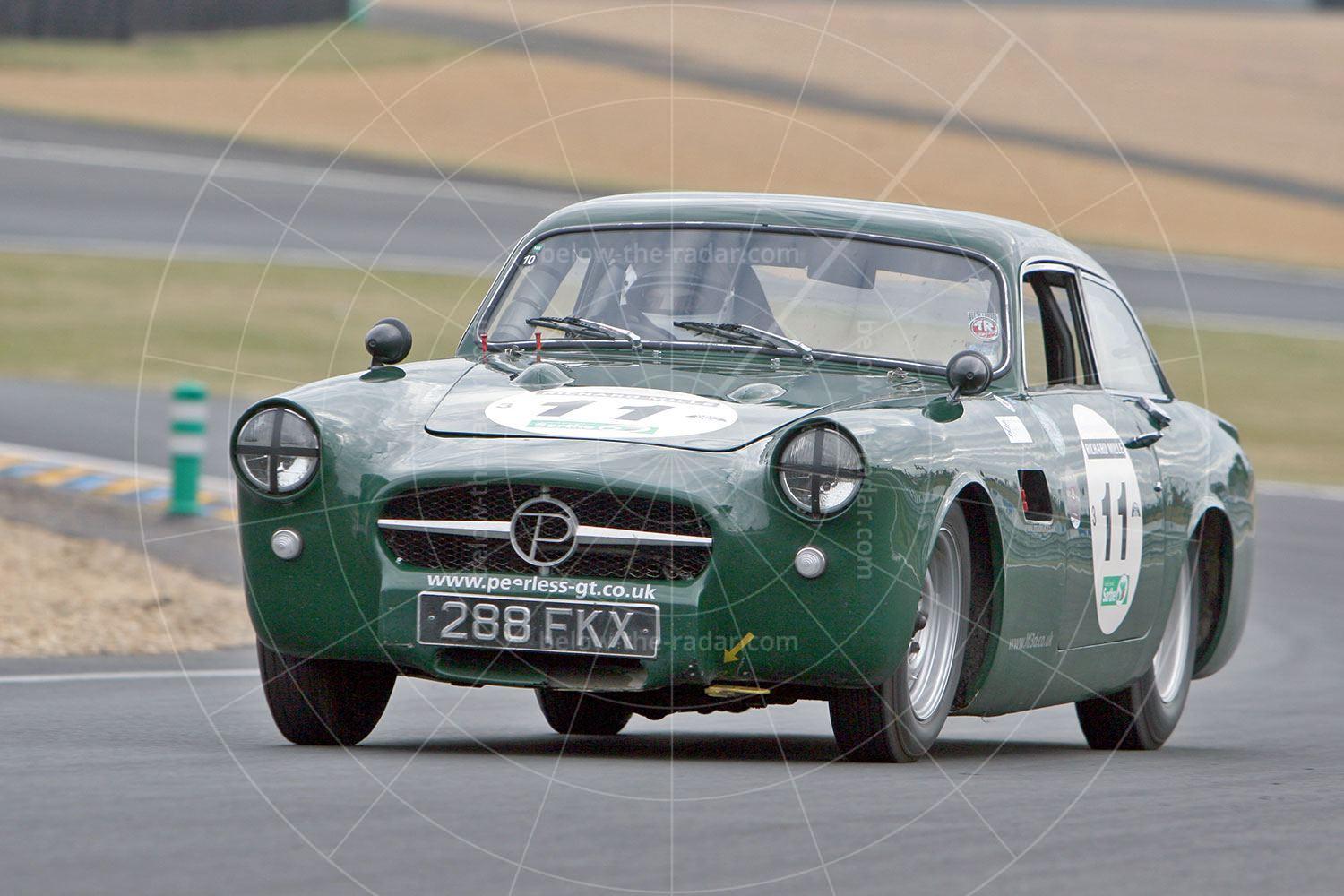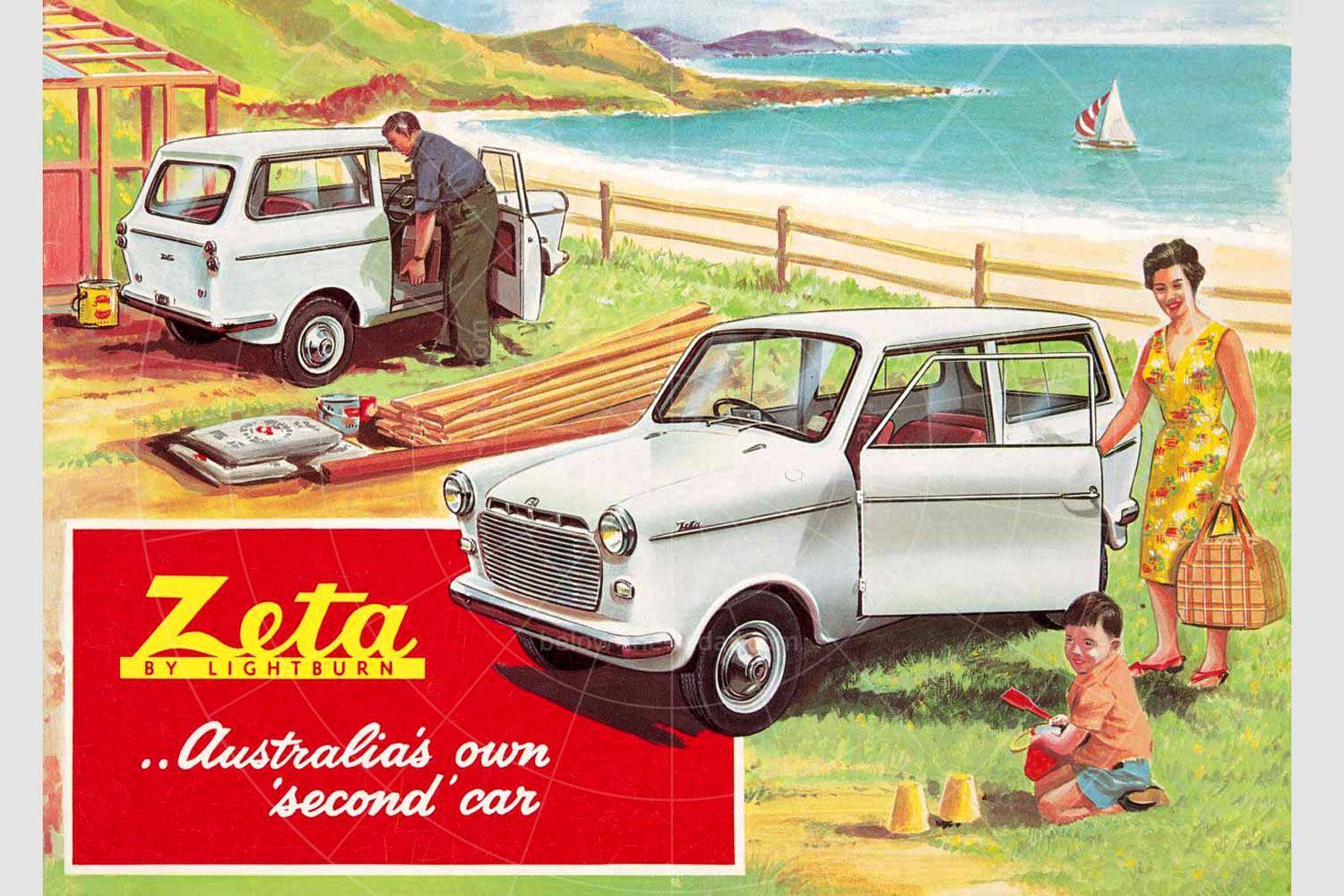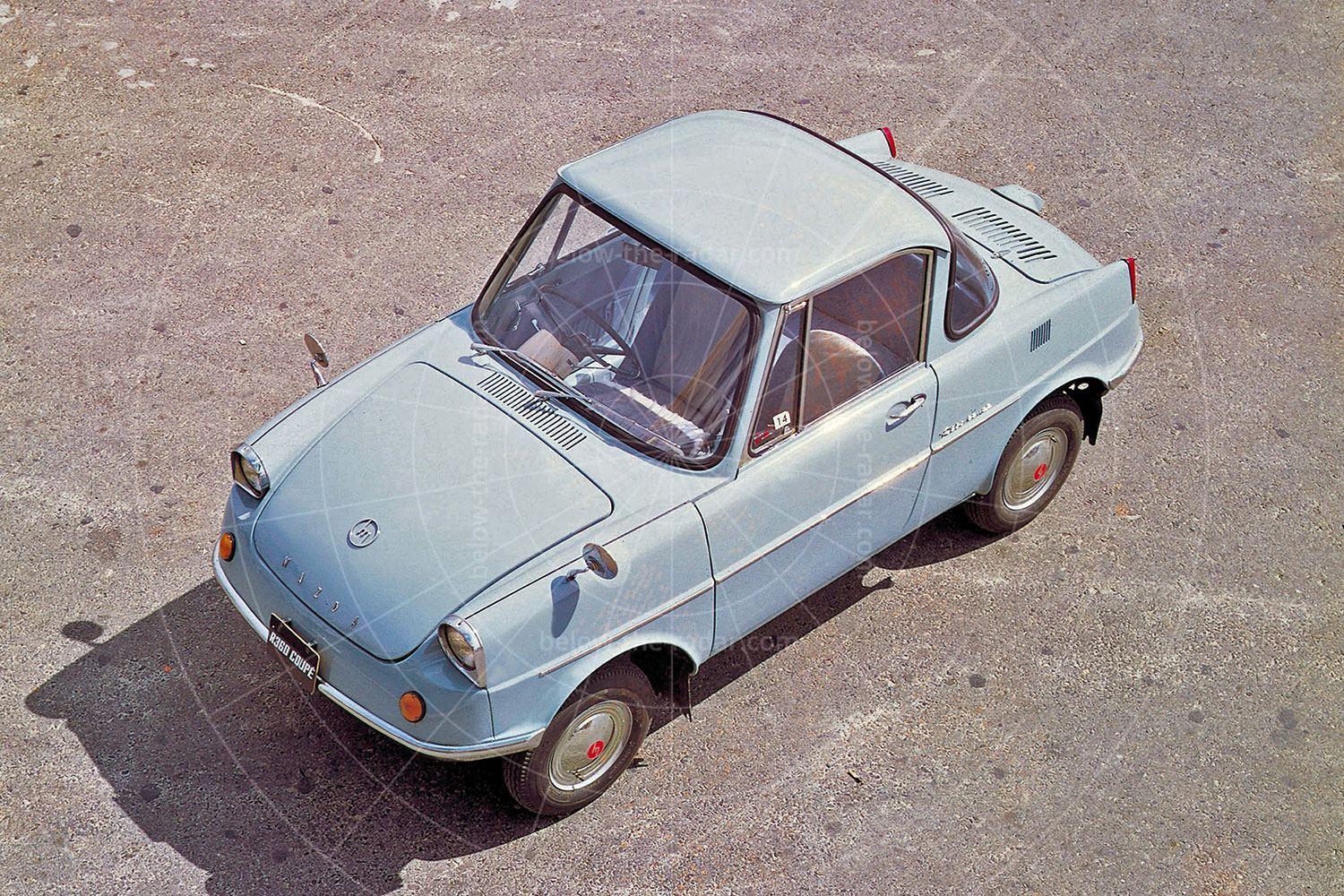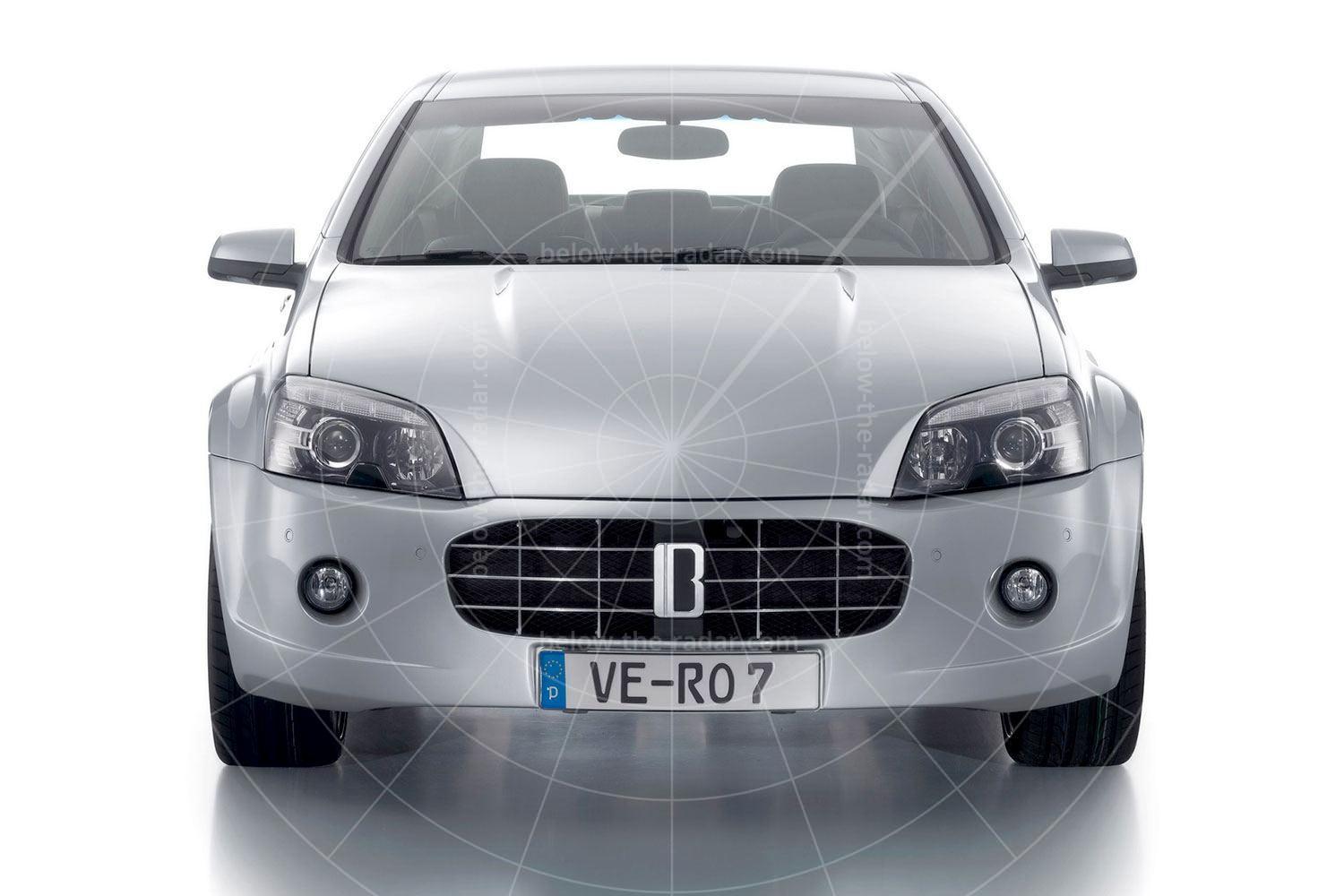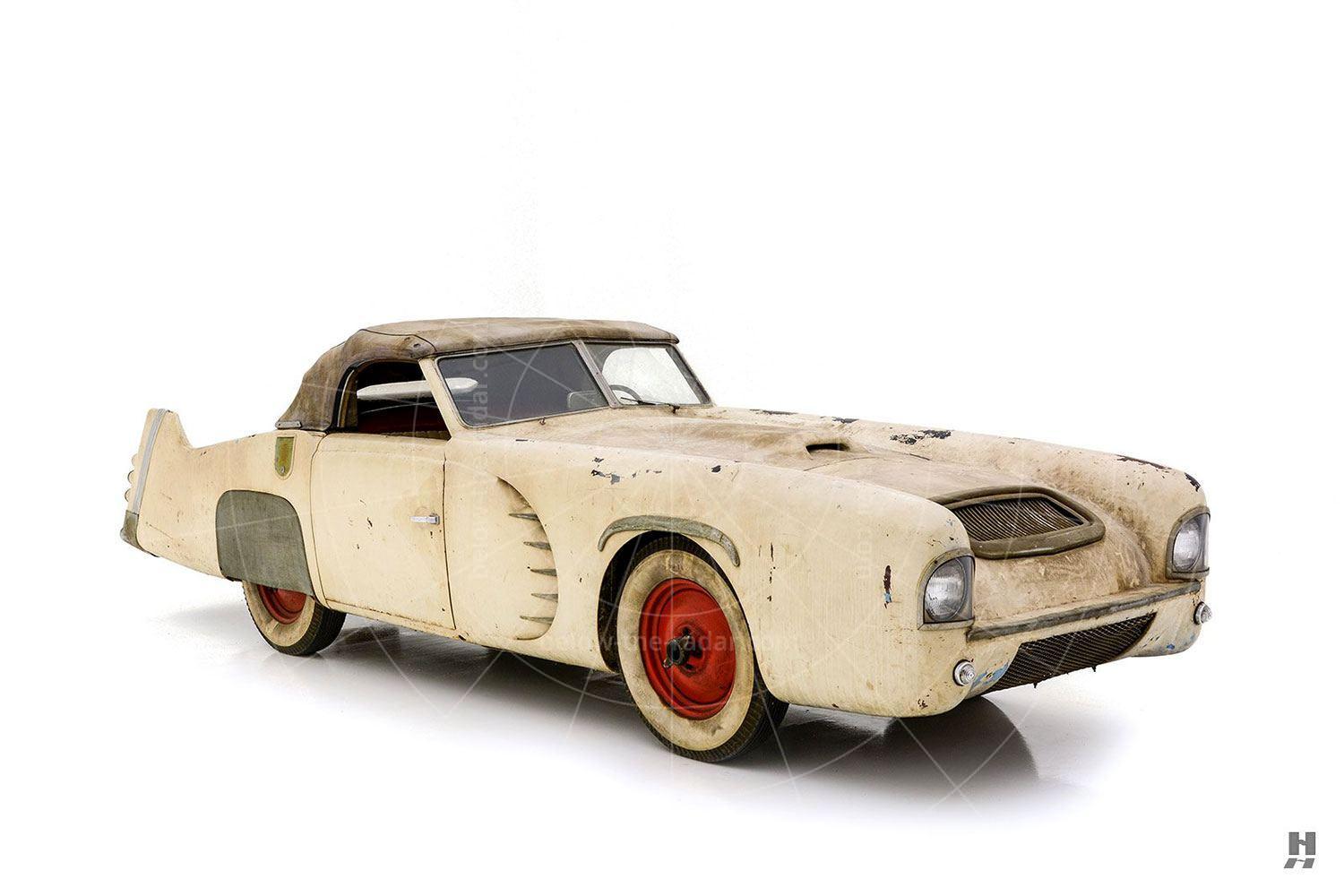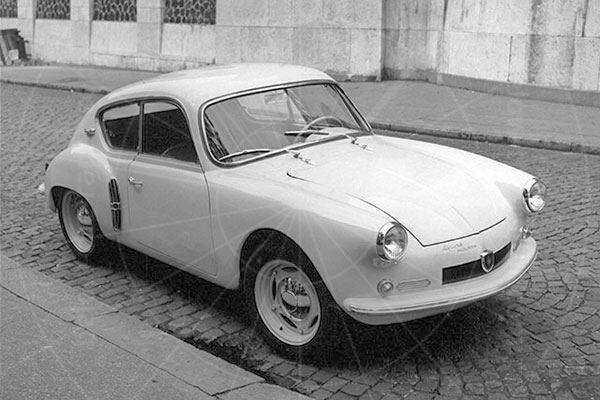When the brief for the design of the IAD Alien was set, it was to make a car that was even more spectacular than the Lamborghini Countach. Take a look at the photographs here and you’d have to agree that not only was the brief met, but it produced a car that was so outrageous, there was more or less no prospect of it ever going beyond the concept stage.
International Automotive Design, or IAD, was a British design consultancy which decided to make its mark at the 1986 Turin motor show by unveiling a car which would not only be more eye-catching than anything produced by Ferrari or Lamborghini, but it would also be more practical and even better to drive. If that sounds like a tall order, it is – so it was no surprise that the Alien took a whole two years to advance from initial thoughts to a non-running prototype on the IAD show stand.
Although the looks of the Alien were revolutionary, there was much more to the concept than mere aesthetics. The key advance was the way the mechanical components (engine, gearbox, cooling system) were kept separate from the passenger space. That was how (and why) the car had its distinctive tapered body which suddenly widened at the back. As the body got wider there were air intakes to feed the powerplant sitting behind the driver and passenger (it was strictly a two-seater).
Although the Alien was never properly developed for production, it was designed with safety fully in mind. To that end roll over and side impact protection were built into the structure and that narrowed centre helped to improve the car’s aerodynamics to levels well beyond what was normal for such a class of car. Not only that, but by paying close attention to detail with all the scoops, slats, ducts and spoilers, it was possible to increase the downforce to levels much greater than supercar drivers were used to.
The two most important aspects of the Alien were that it had to be the most dramatic car ever made and that it also had to offer a supreme driving experience. On the former count it managed to avoid most of the usual supercar design clichés, but it still featured scissor-action doors, a cab-forward stance and a mid-mounted engine – although the latter two were pretty much essential for a no-compromise hypercar. Even the door configuration wasn’t what was initially planned – instead the whole front end was to lift up in its entirety. But building this canopy would have led to glazing difficulties, so a more conventional route was taken instead.
The front and rear wheels were enclosed to improve aerodynamics, but to make sure the brakes didn’t overheat there were ducts to channel away the hot air. There were 16-inch wheels at each corner and the Alien’s height, at just 42 inches, gave the car a menacing look that was par for the course.
Inside, the two seats cosseted the driver and passenger who travelled in a semi-reclining position. Although the initial plan had been for a circular steering wheel incorporating buttons to control the car’s major functions, by the time the concept was built there was a central handlebar on to which all the buttons were fitted.
The Alien was never made into a running prototype, but when it was shown, the plan was for it to be fitted with a flat-six or V6, although potentially there could have been a choice of V8 or V12 engines as well. It was even suggested that the car could be fitted with a 1.6-litre four-cylinder engine during the week, when the car would be used for commuting, then at the weekend the whole unit could be swapped for a much larger powerplant with two or three times as many cylinders. Now that would have been revolutionary…
| Vital statistics | |
|---|---|
| Debut | Turin 1986 |
| Designer | Martin Longmore |
| Engine | Mid-mounted |

